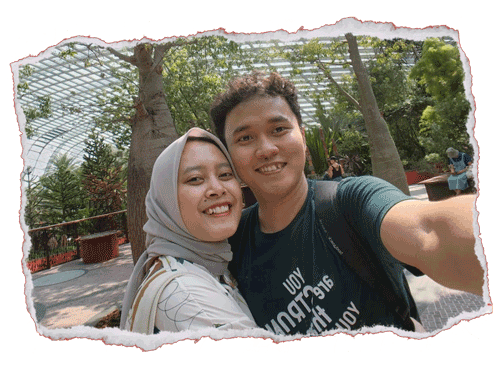Japan boasts one of the world's most efficient train transportation systems. With an extensive network that connects even remote areas, you can easily reach most tourist destinations and cities using just the train.
I remember feeling overwhelmed during my first visit to Japan because of the bustling and chaotic train stations. However, after a few rides, I became more comfortable navigating the system.
This article aims to help first-time visitors to Japan by providing a comprehensive guide on how to use the country's regular trains, like JR trains, subways, and monorails. If you're interested in riding the Shinkansen, the high-speed train, please refer to the article linked here.
Before boarding a train in Japan, you'll need to decide how you'll pay for your rides. There are three main payment options: IC Cards, Pass Tickets, and single-ride tickets.
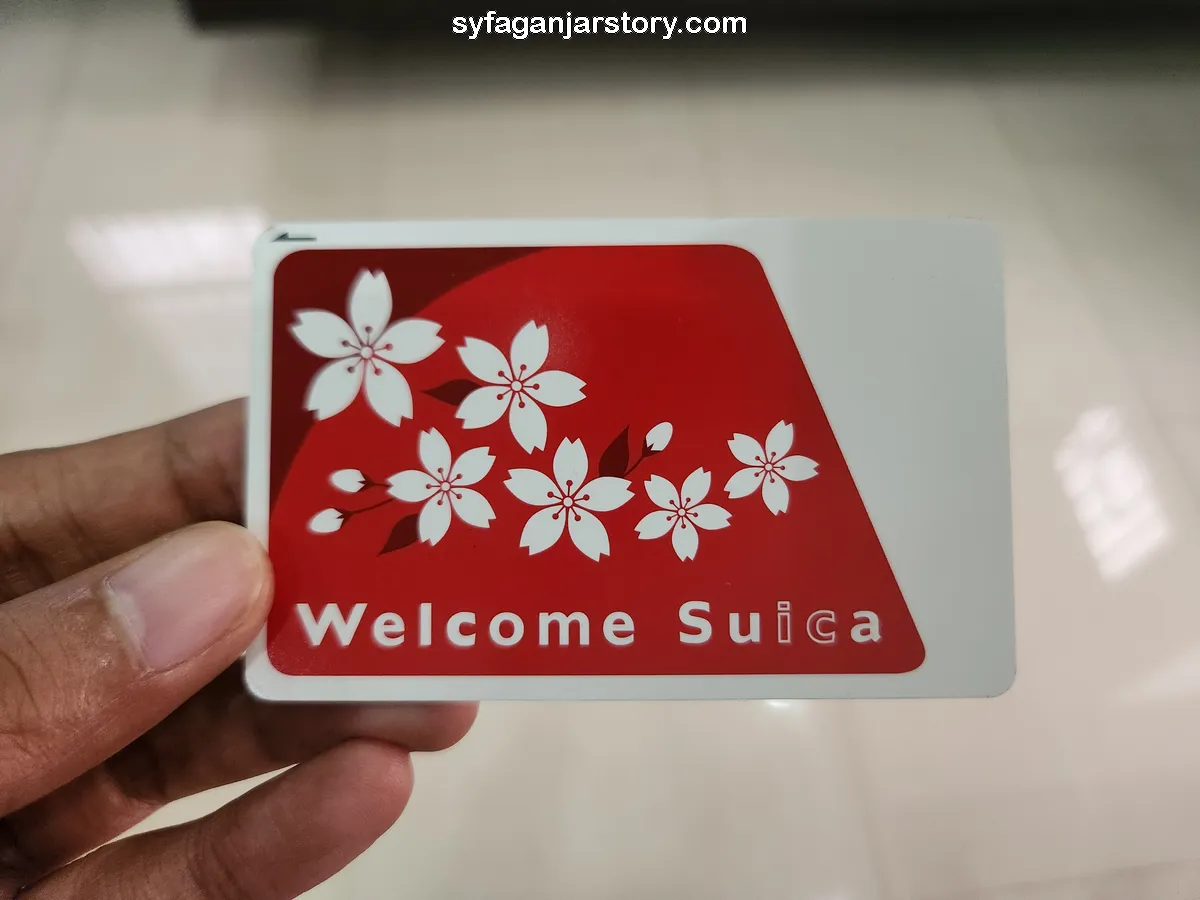
An IC Card is a rechargeable smart card that can be used on trains, buses, and even for some retail transactions. There are different types of IC Cards like Suica, Pasmo, ICOCA, Toica, and Pitapa, among others.
These cards are incredibly convenient for travelers because they're accepted almost universally across different types of public transportation. To get one, simply head to a ticket counter or a designated machine at any major train station.
For travelers in Tokyo, the Suica card is a popular choice. If you're visiting the Kansai region, including cities like Osaka and Kyoto, you might consider getting an ICOCA card.
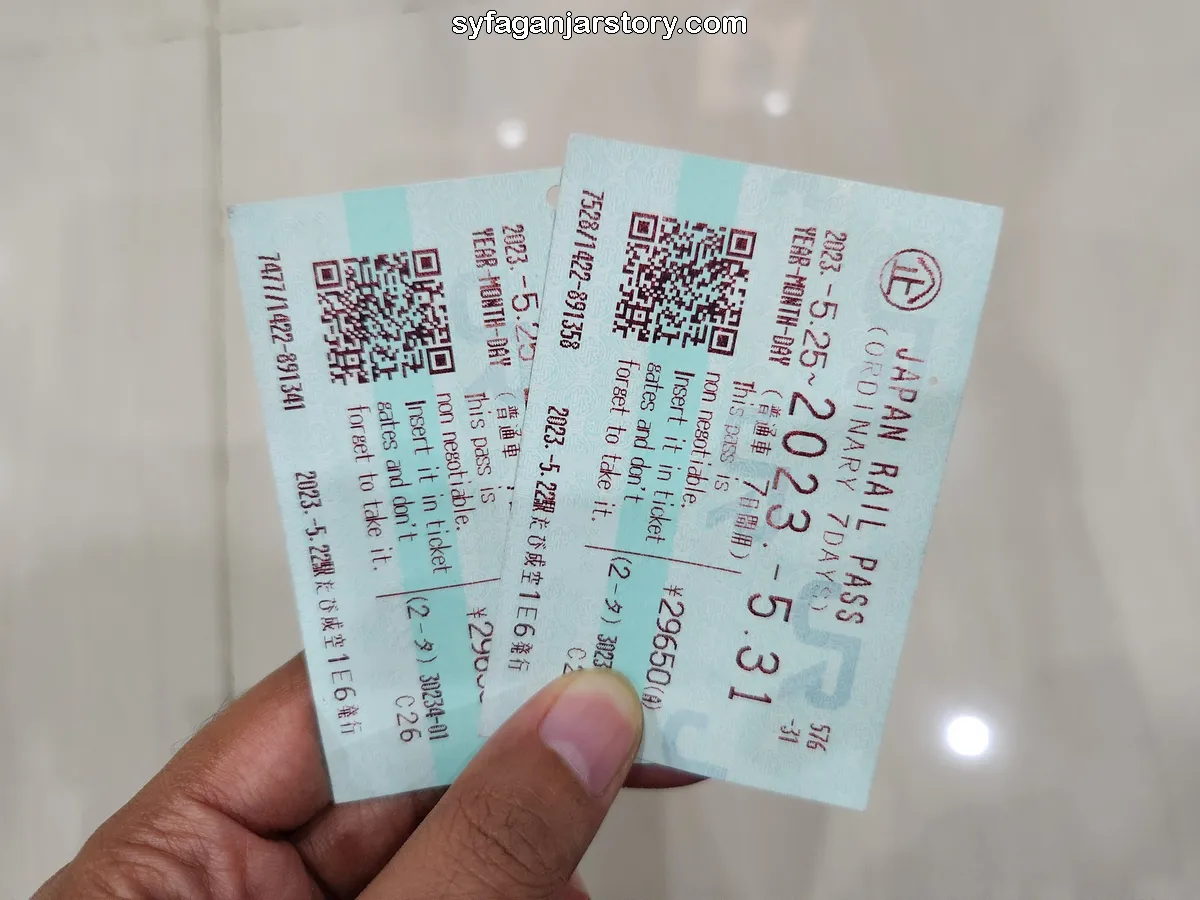
If you're planning to do a lot of traveling by train, you might find pass tickets like the JR Pass or Tokyo Subway Pass valuable. These passes allow you unlimited rides for a set duration—options often include 1, 3, 7, or 14 days.
However, keep in mind that these passes are generally valid only for the trains operated by the issuing company. For instance, the JR Pass can be used only on JR-operated lines.
Therefore, make sure your travel itinerary aligns with the limitations of the pass you choose.
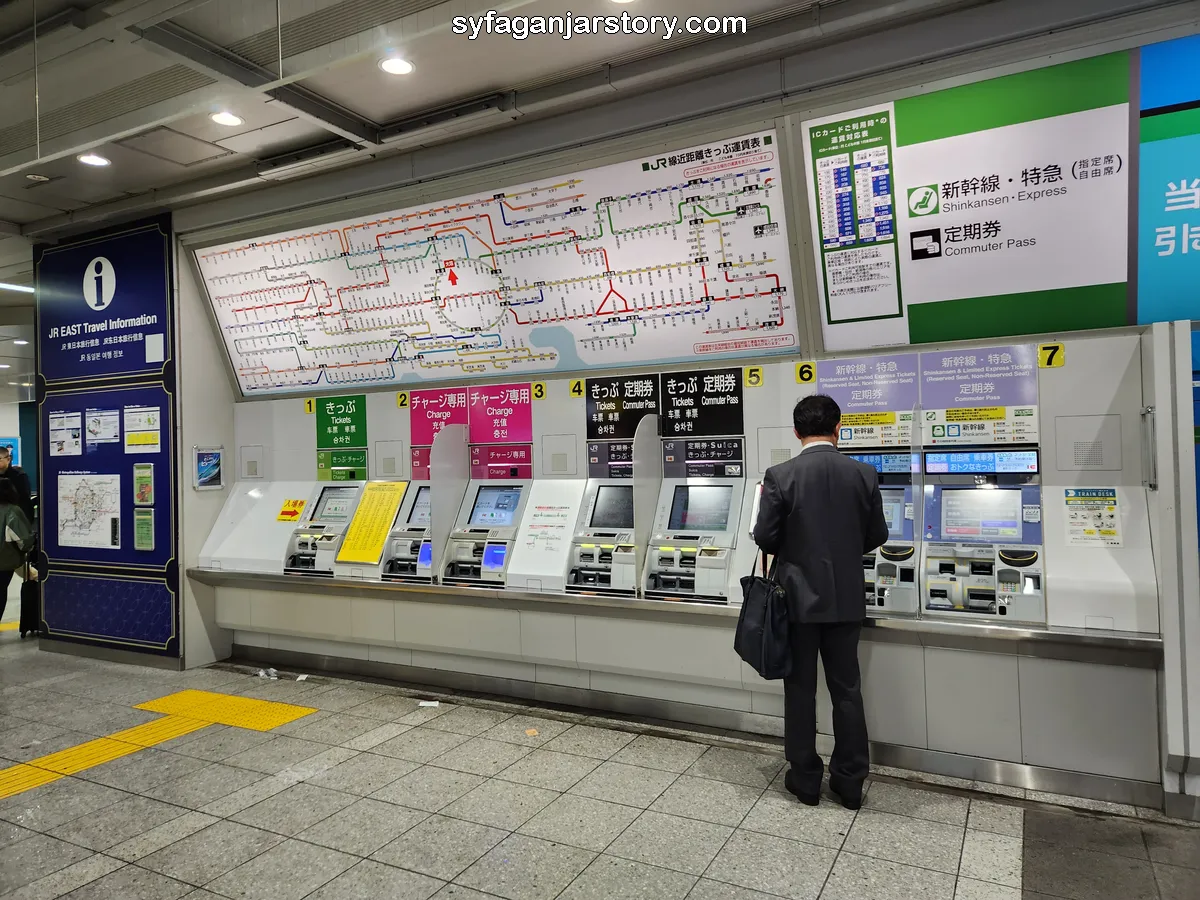
For one-off trips, you can buy a single-ride paper ticket from ticket machines located at each station. I personally don't recommend this option for tourists.
Not only do you need to specify your destination when buying the ticket, but the machines are often crowded, making the process less convenient compared to using an IC Card or pass ticket.
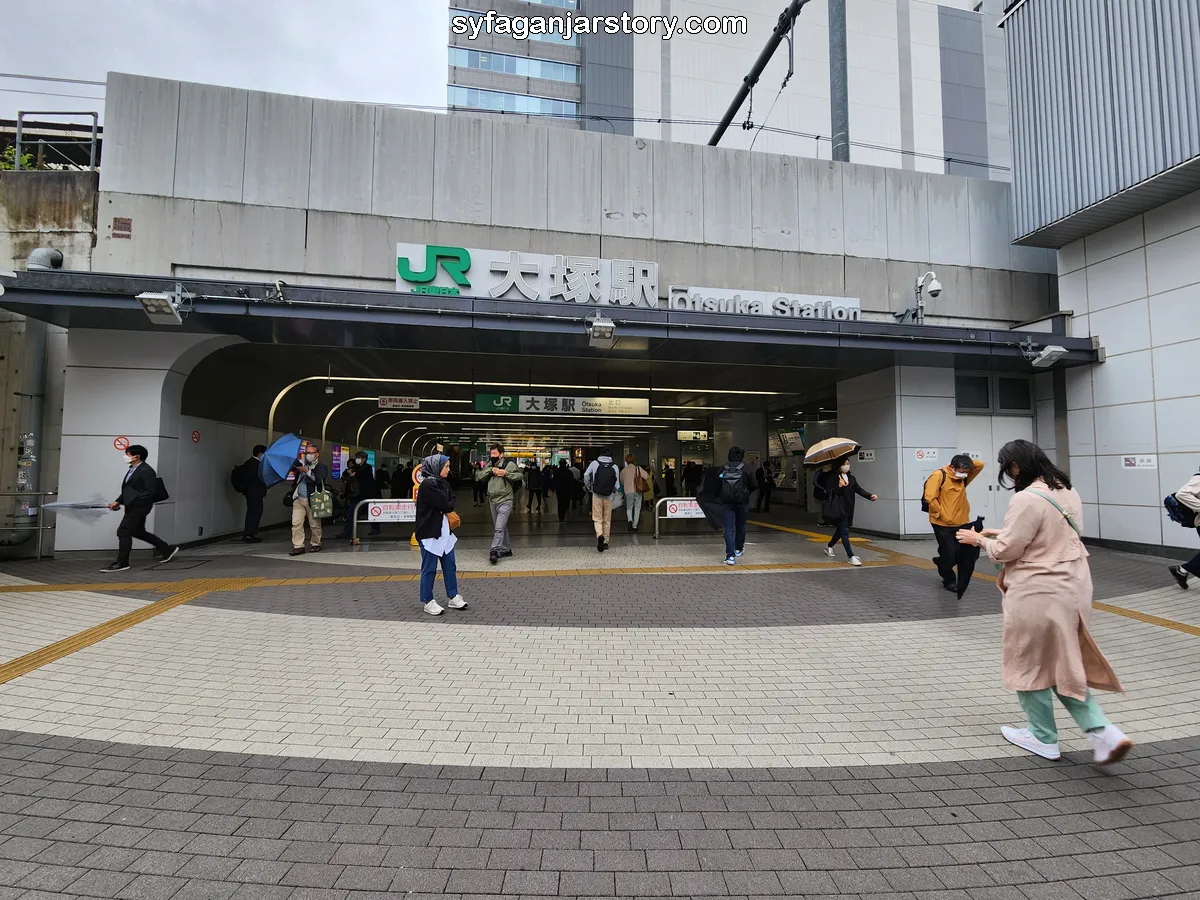
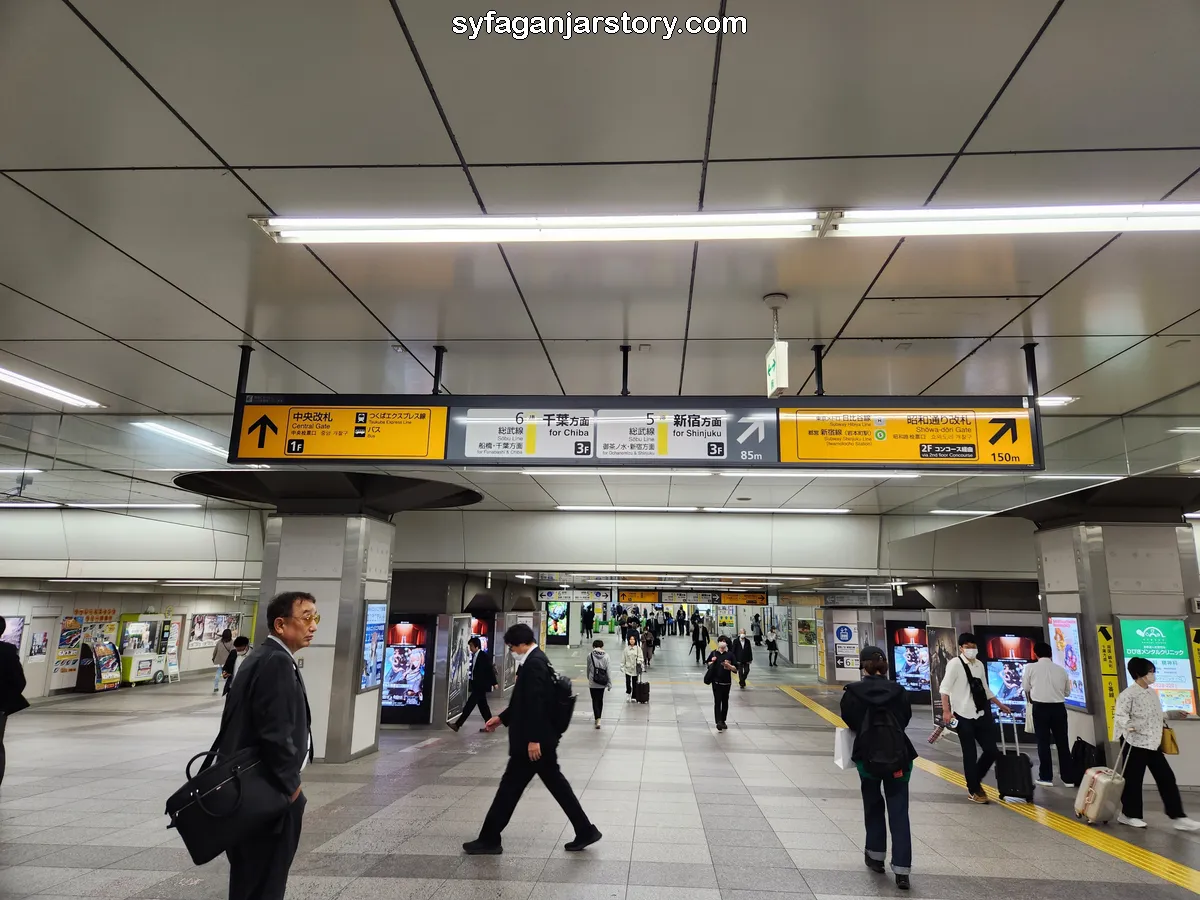
Once you've chosen your payment method, the next step is to head to the station. Most train stations in Japan have multiple entrances, and any entrance will lead you to the same general area inside the station.
If you're carrying bulky items like suitcases, consider using the elevator instead of the escalator. Elevators are a better option as they make it easier to handle your luggage and are generally less crowded than escalators.
Upon entering the station, look for the train line map, usually located at the entrance or near the ticket gates, to identify your destination and the train line you need to take.
Choosing the correct line is crucial, especially in larger stations like Shinjuku Station, which has more than 10 different lines. Once you've determined the line you need, simply follow the signs to find the correct gate.
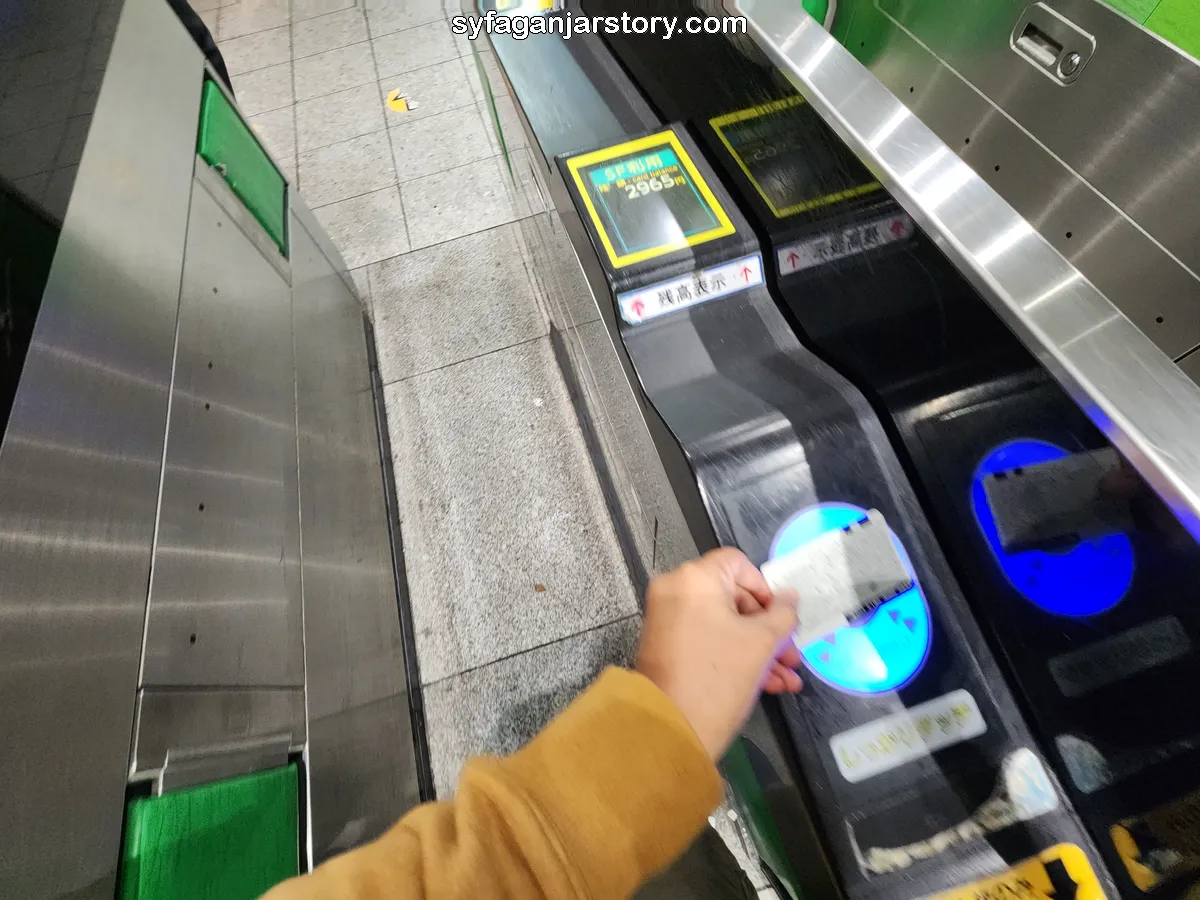
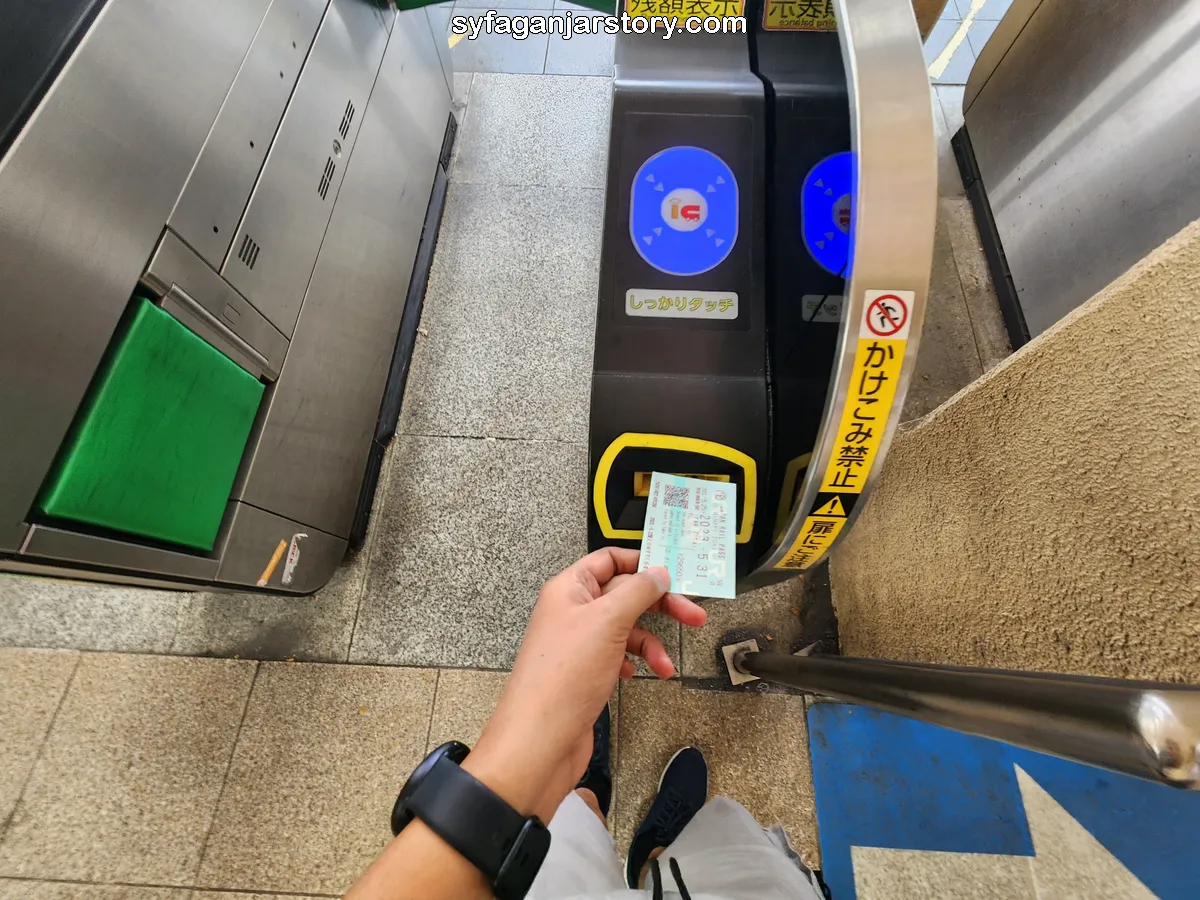
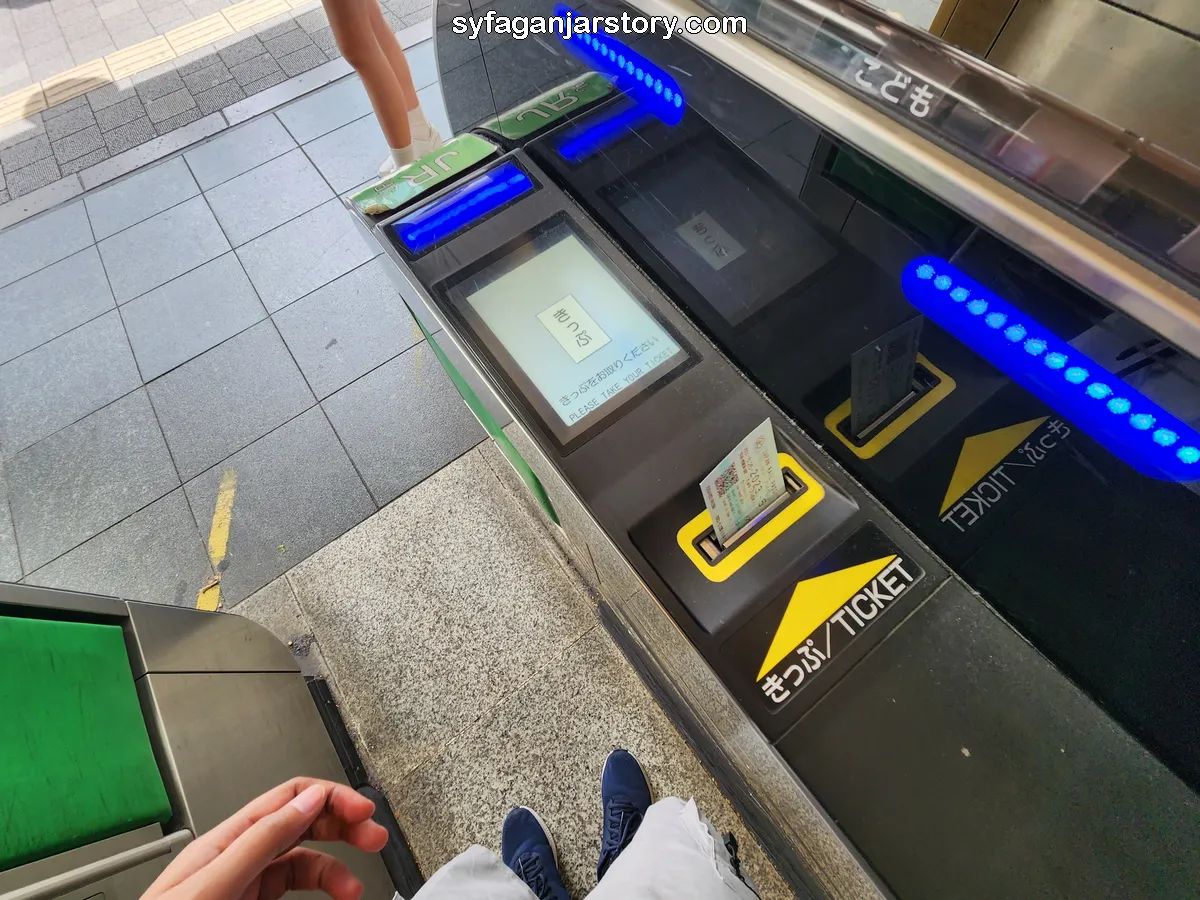
When you get to the entrance gate, place your IC Card on the card reader. Look for a gate with a lit-up arrow to indicate it's open for entry. If you're using a paper pass ticket, slide it into the slot at the front of the gate.
You'll hear a "beep" sound, signaling that you can proceed through the gate to the platform. If you used a paper ticket, remember to collect it from the other side of the gate before moving on.
Most train gates in Japan don't actually close; they stay open and only close if there's an issue with your ticket or card.
If the gate doesn't open, a message will appear on the screen explaining why—perhaps you have insufficient funds on your card, the card wasn't read properly, or maybe the gate is malfunctioning. Always read the screen carefully if you encounter any issues.
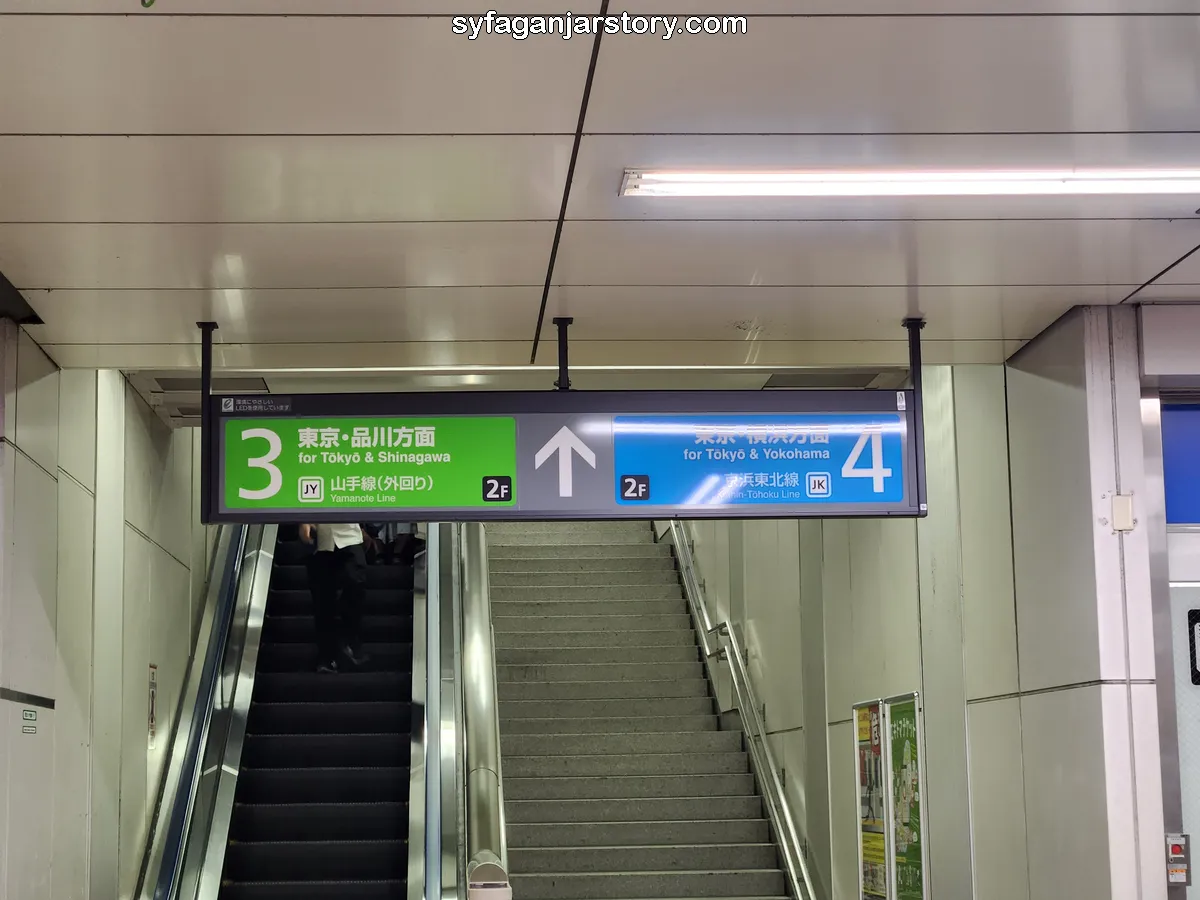
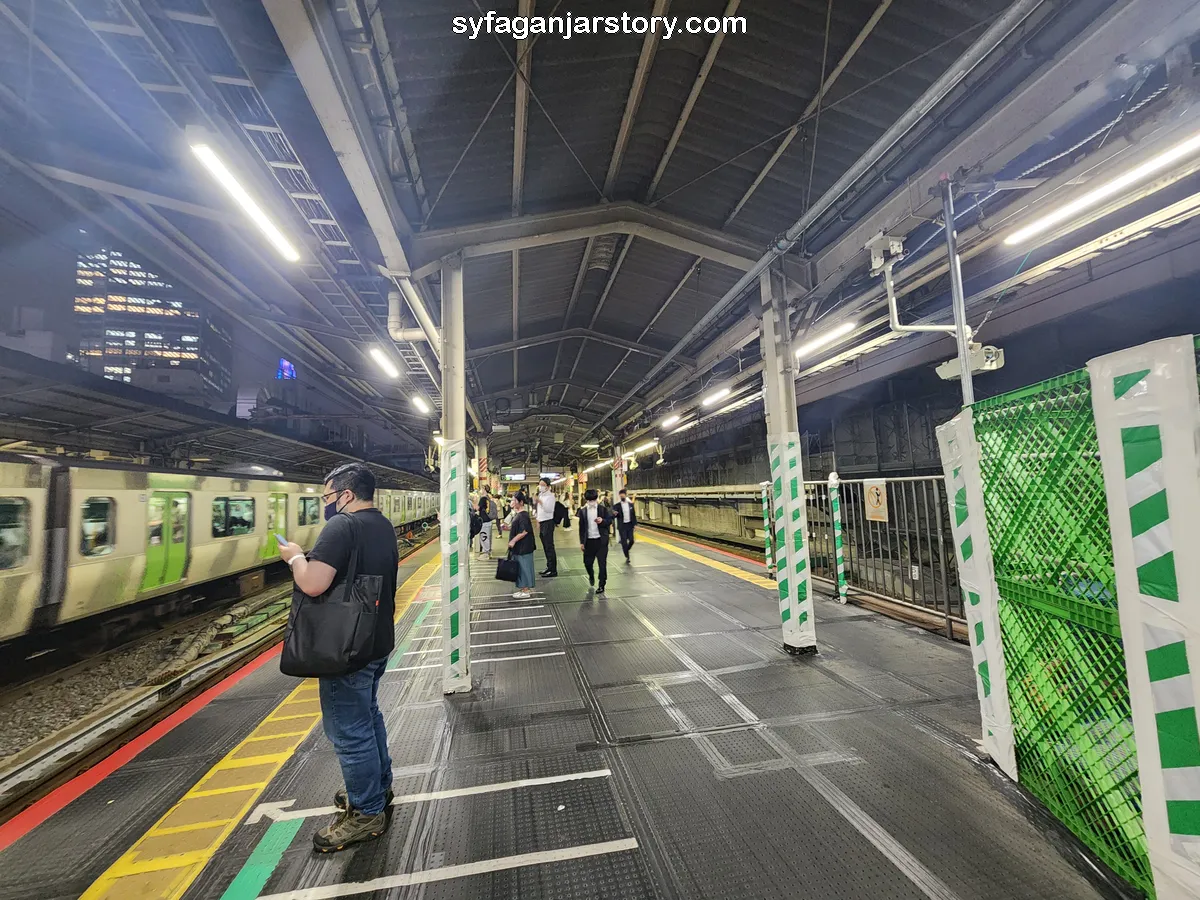
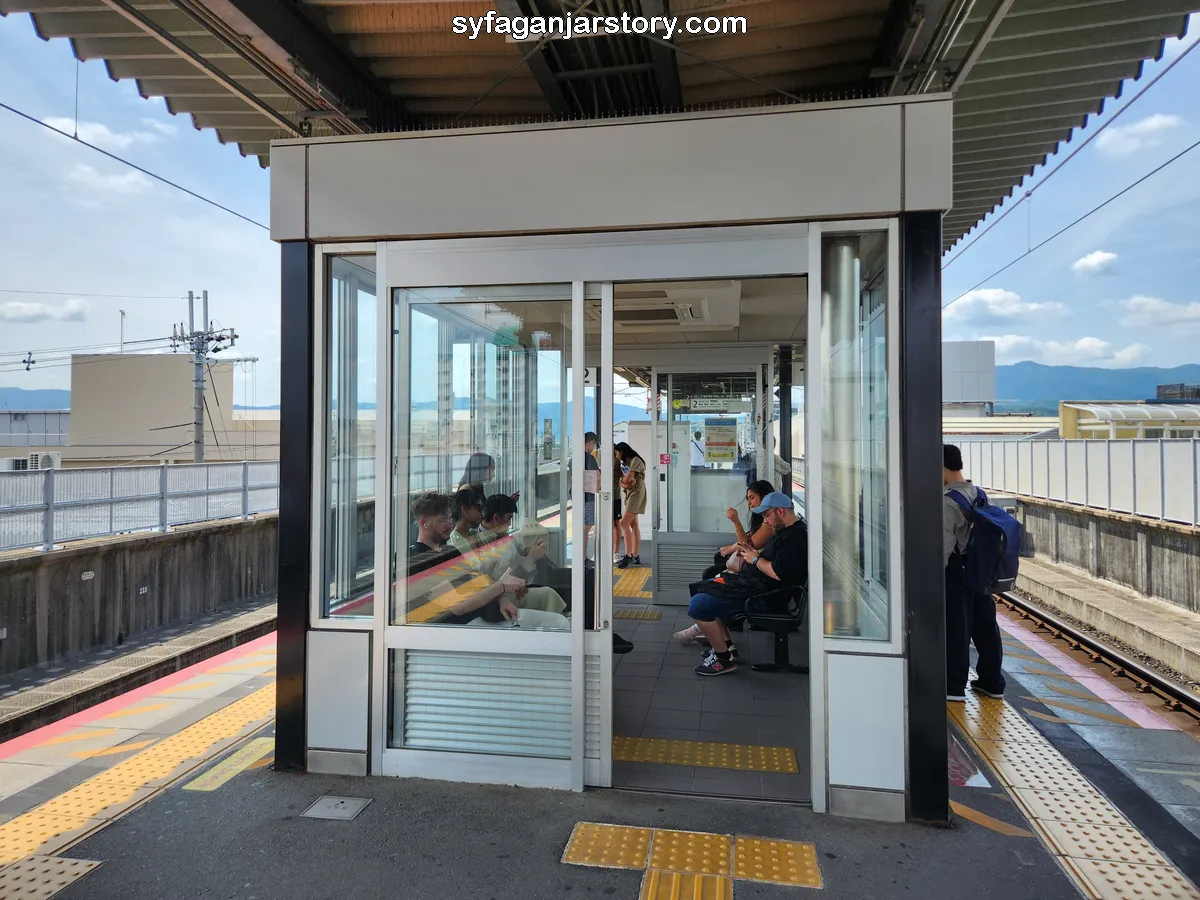
Once you're through the gate, head to the train platform. Usually, there are trains going in opposite directions from the same platform, so make sure to check the information board to identify the correct one. Boarding the wrong train could take you in the opposite direction of your destination.
Most platforms offer seating areas, and some even provide special waiting rooms. However, if you notice the train is about to arrive, it's advisable to stand close to the tracks to prepare for boarding.
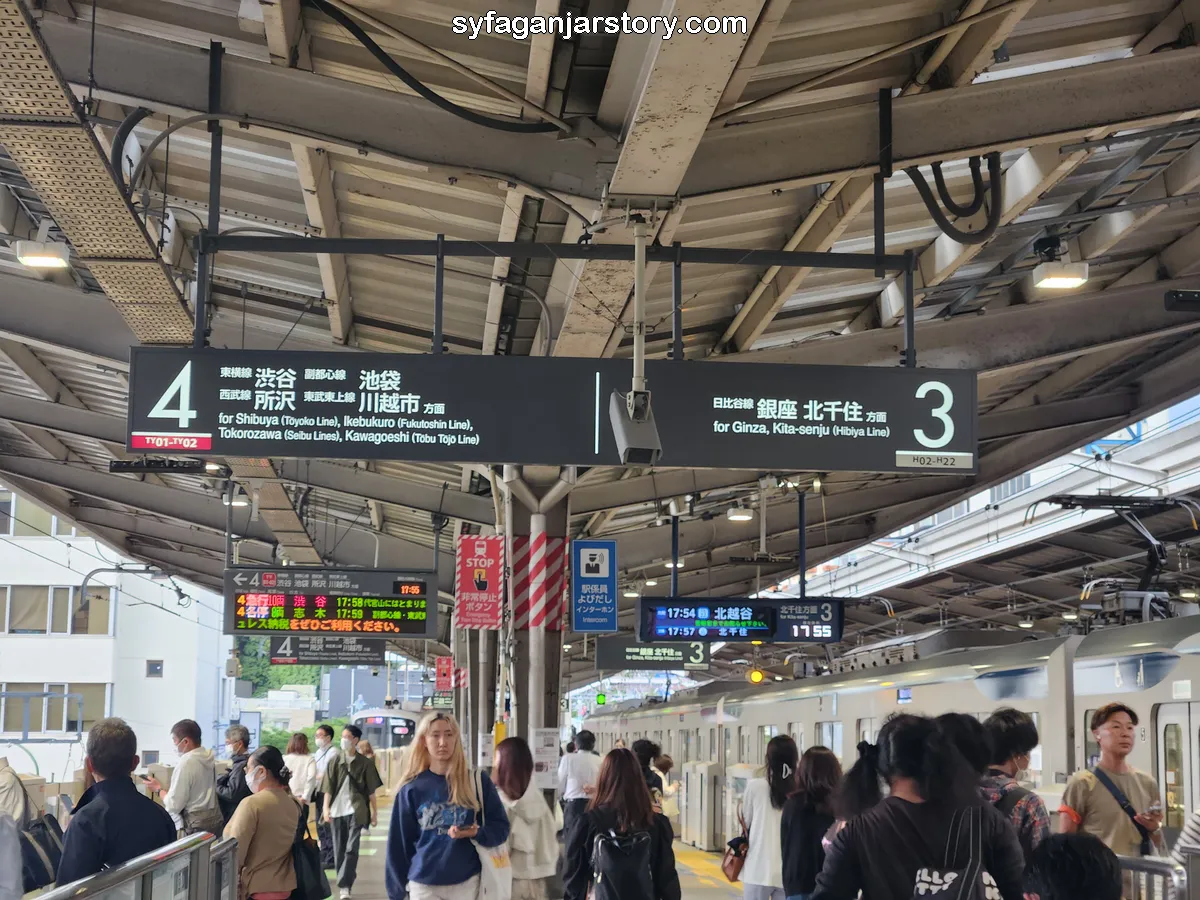
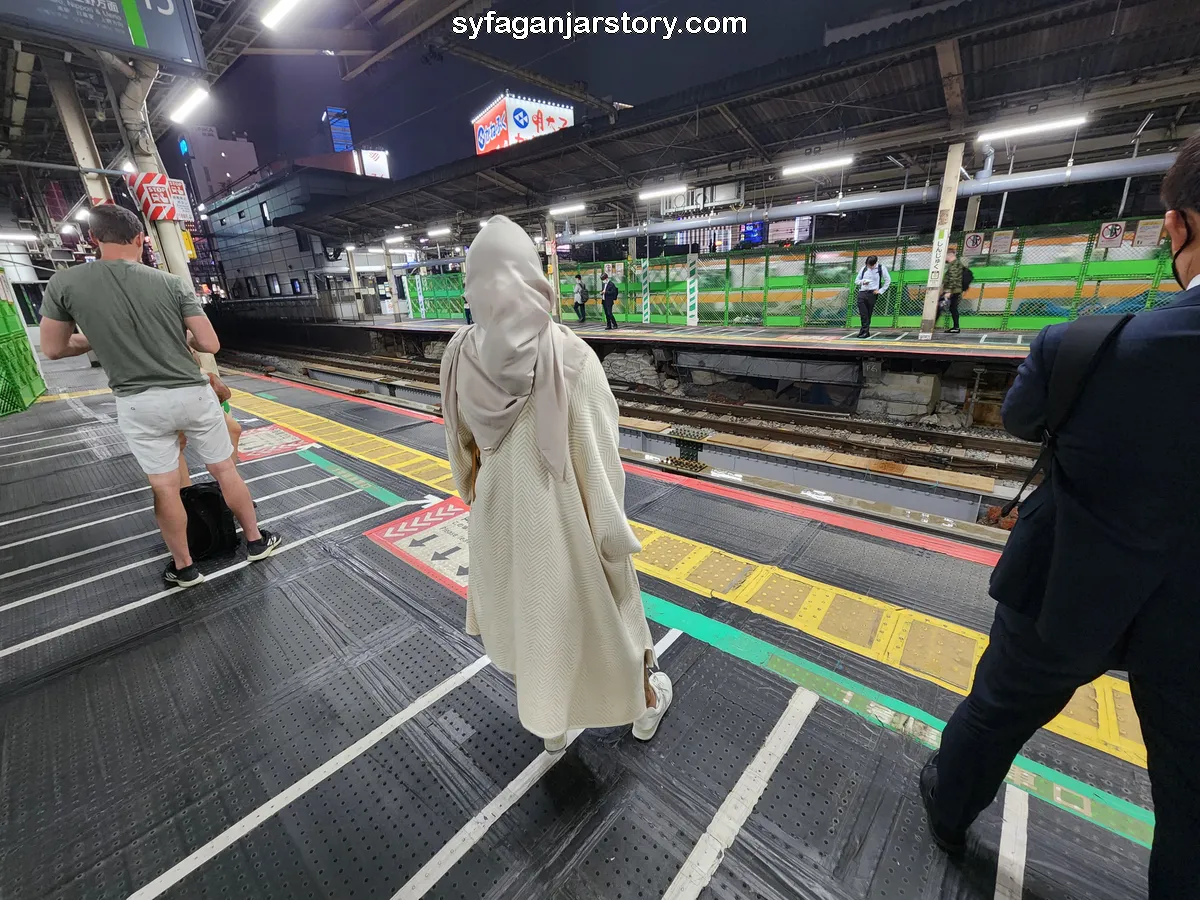
When you're waiting for the train, it's important to stand behind the yellow line on the platform. This line is there for your safety to prevent you from falling onto the tracks.
You should also position yourself next to the door but not in the way, so you won't block people who are getting off the train. Once the train pulls in and comes to a stop, let the exiting passengers get off before you start to board.
As soon as all the departing passengers have left the train, you can step aboard. If you see any empty seats, feel free to take one. But if the train is full, just stand and hold onto the handrails. This will help you keep your balance when the train is moving or stopping.
To make everyone's ride smooth, there are some rules you need to know about:
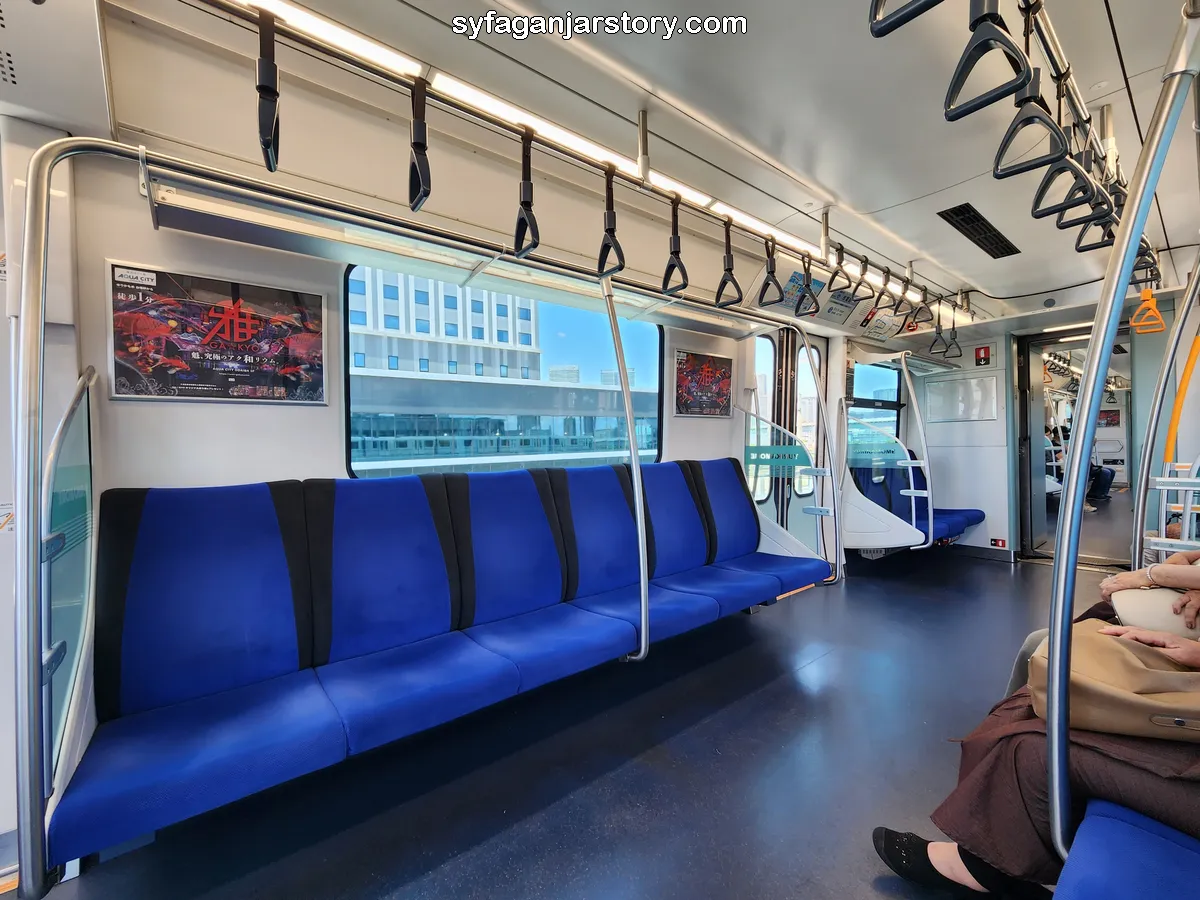
each carriage usually has a few priority seats at the end. These are marked with special signs and are meant for the elderly, pregnant women, or people who are unwell. If you don't fall into these groups, it's good manners to leave these seats empty.
Eating, drinking, and smoking on the train are also big no-nos. Not only could you get in trouble for breaking these rules, but smoking on the train is actually illegal and could get you arrested.
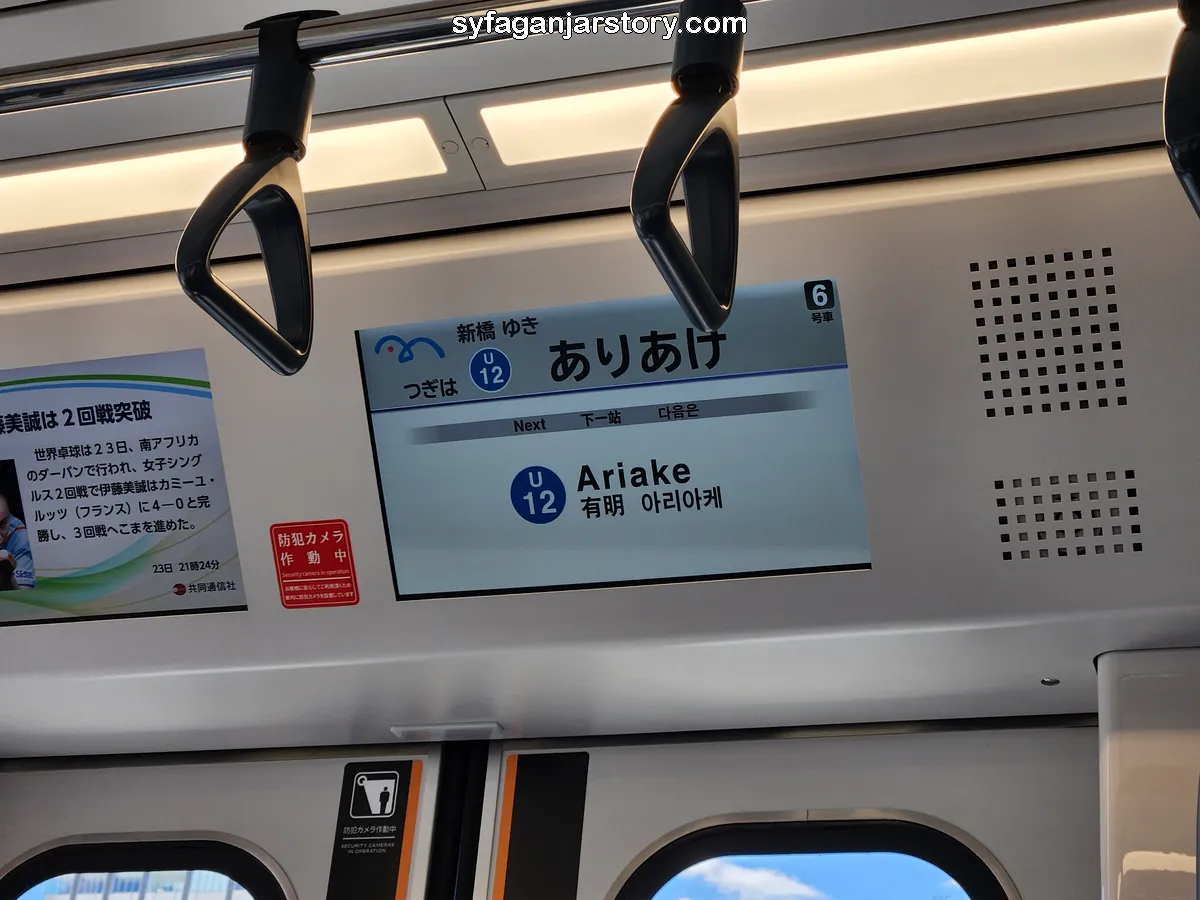
Always keep an ear out for announcements while you're on the train. They'll tell you important things like what the next stop is. This is especially handy if you're worried about missing your station.
Most announcements are in both Japanese and English, and some lines even use other languages like Korean and Chinese.
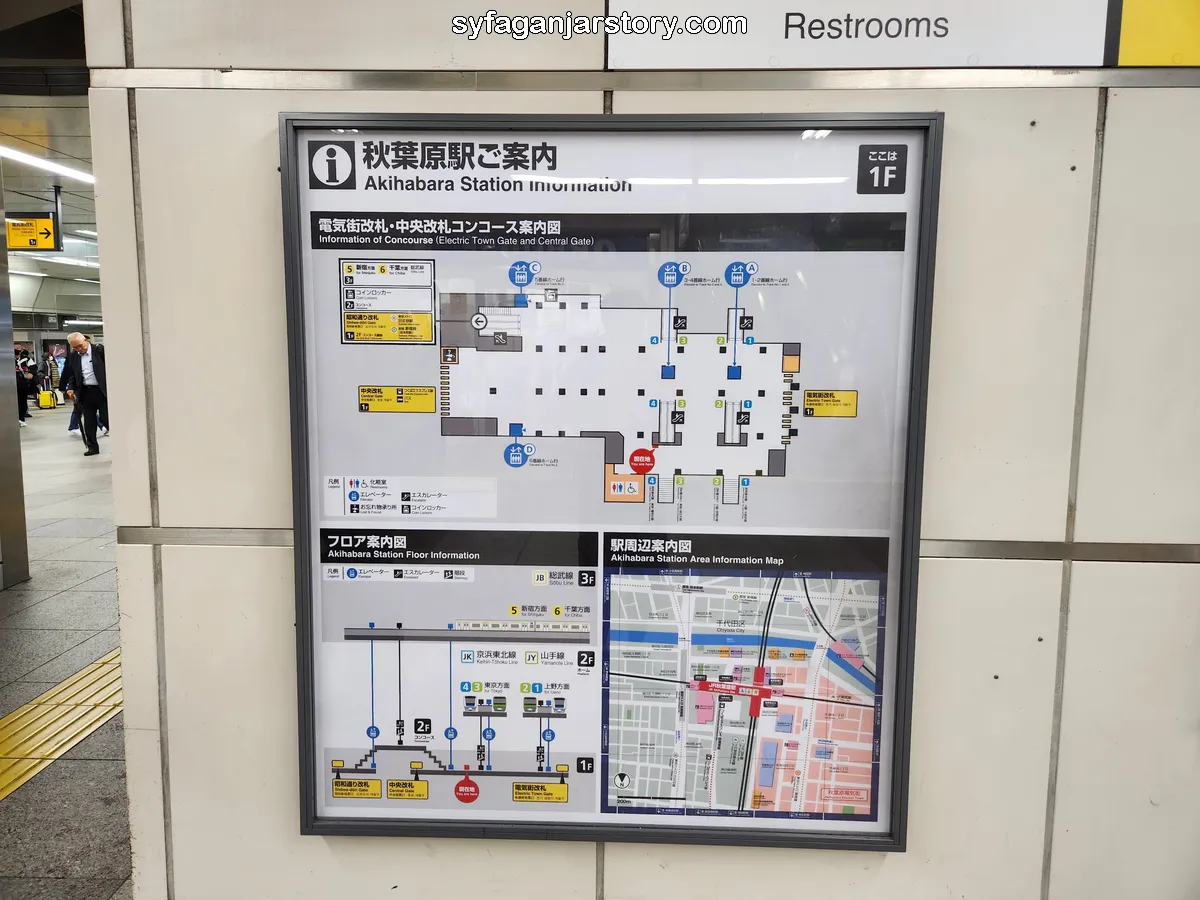
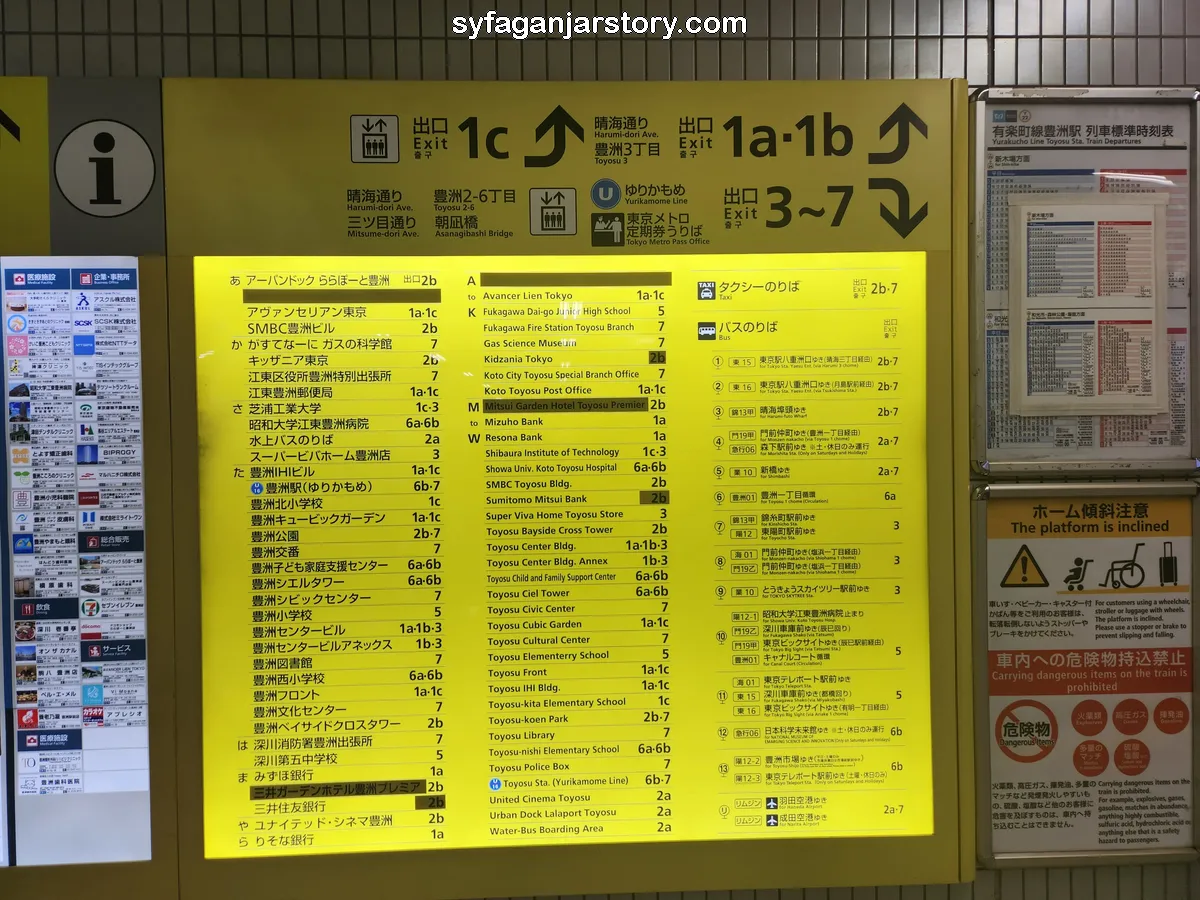
As your destination station comes into view, start making your way toward the exit doors. This makes it easier for everyone to get on and off the train quickly. When you arrive at your stop, step off the train carefully, watching for any gap between the train and the platform.
Once you're on the platform, look for signs that will guide you. If you're leaving the station, follow the signs that say "Exit." If you need to switch to another train line, then follow those directions.
Japanese stations have many exits, so knowing which one to take can save you time. These exits usually have signs showing nearby landmarks, so pick the one closest to your destination.
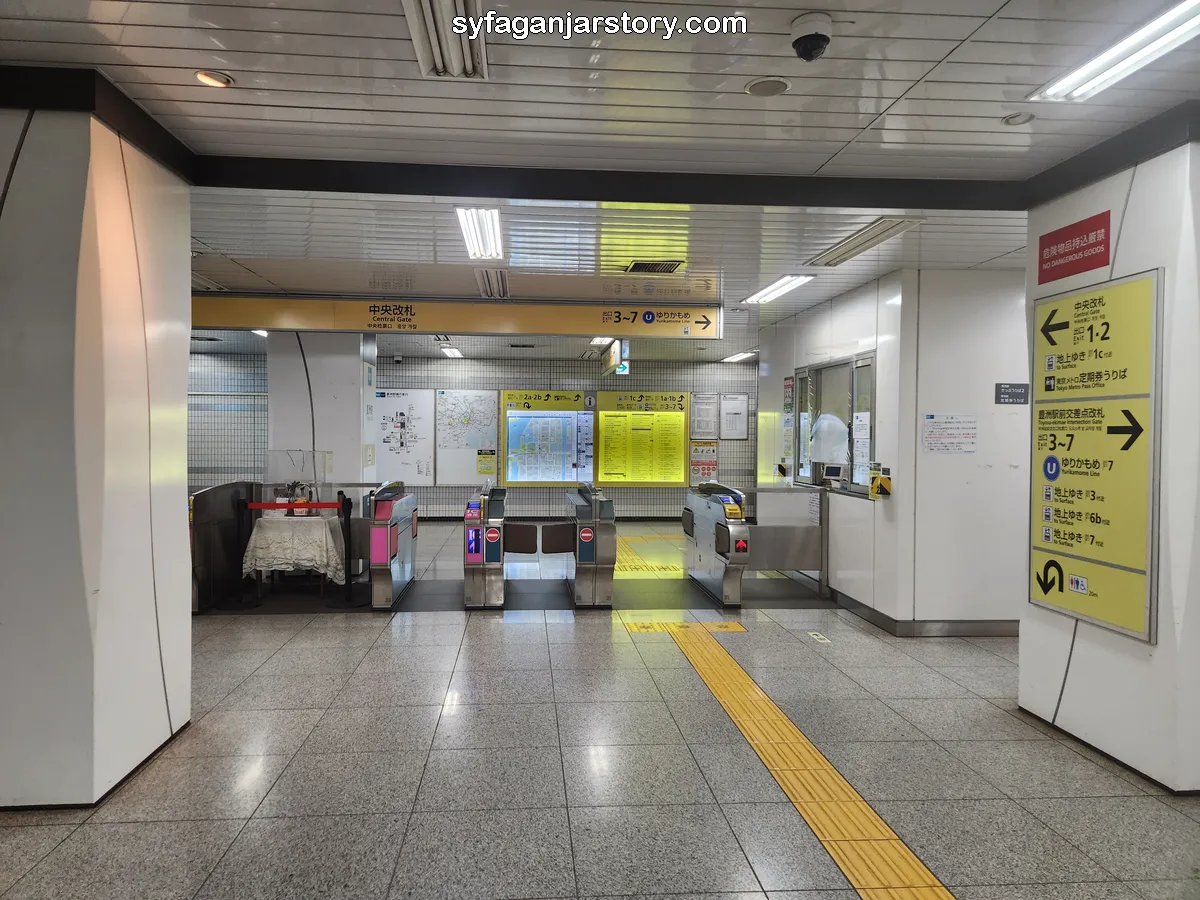
To leave the station, you'll need to use your IC card or ticket one more time. Place your IC card on the card reader or insert your paper ticket into the slot.
The screen will show your card's remaining balance. If you don't have enough funds on your IC card, the gate will close and you'll need to recharge your card before you can exit.
If you're using a paper ticket and you get off at a different station than the one your ticket is for, the gate will also close. Don't worry, though. Just go to the Fare Adjustment machine near the gate to pay the difference.
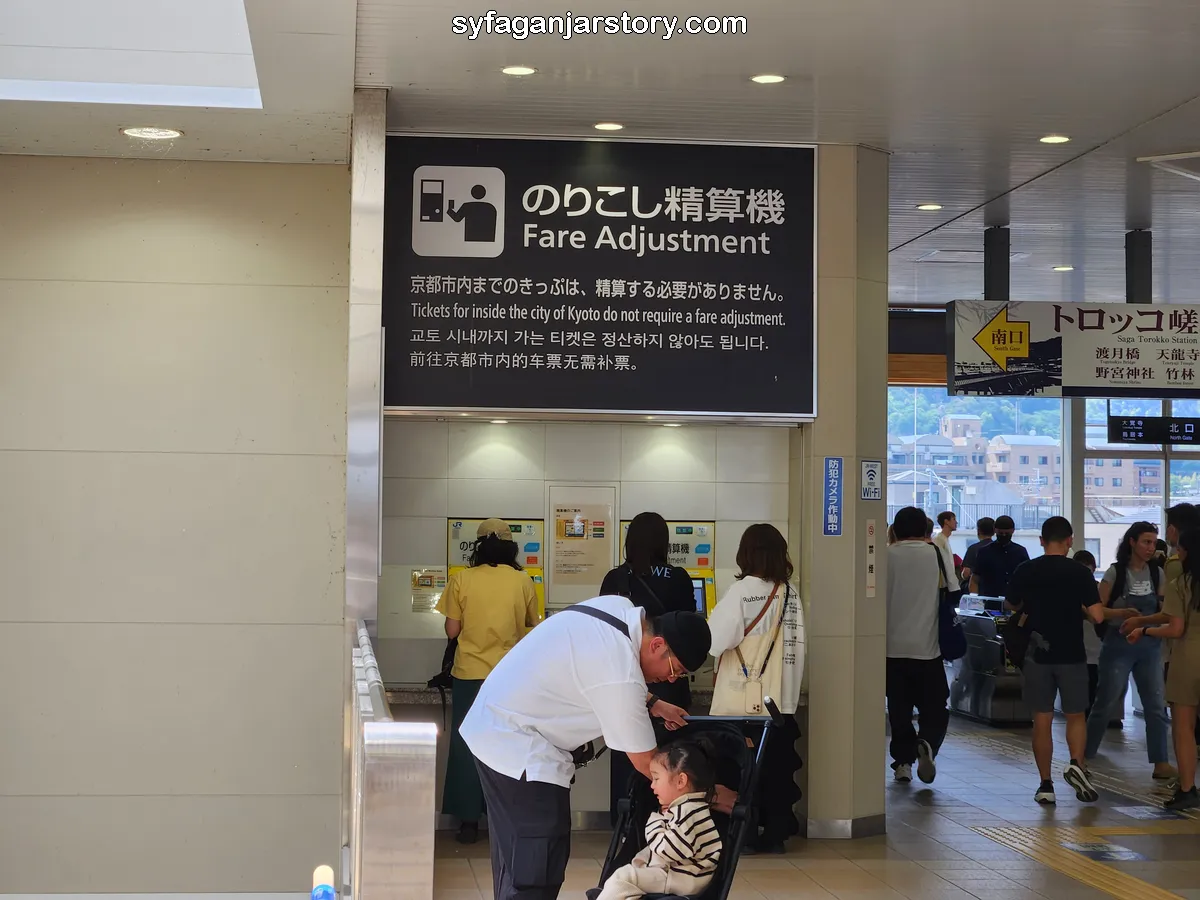
After passing through the gate, you're almost out of the station. Keep in mind that not all exits have elevators or escalators. You might have to use stairs, so be prepared for that.
That covers everything you need to know about using the train in Japan. It might seem a bit tricky at first, but you'll get the hang of it in no time. Plus, it's one of the best ways to get around and see the country.
